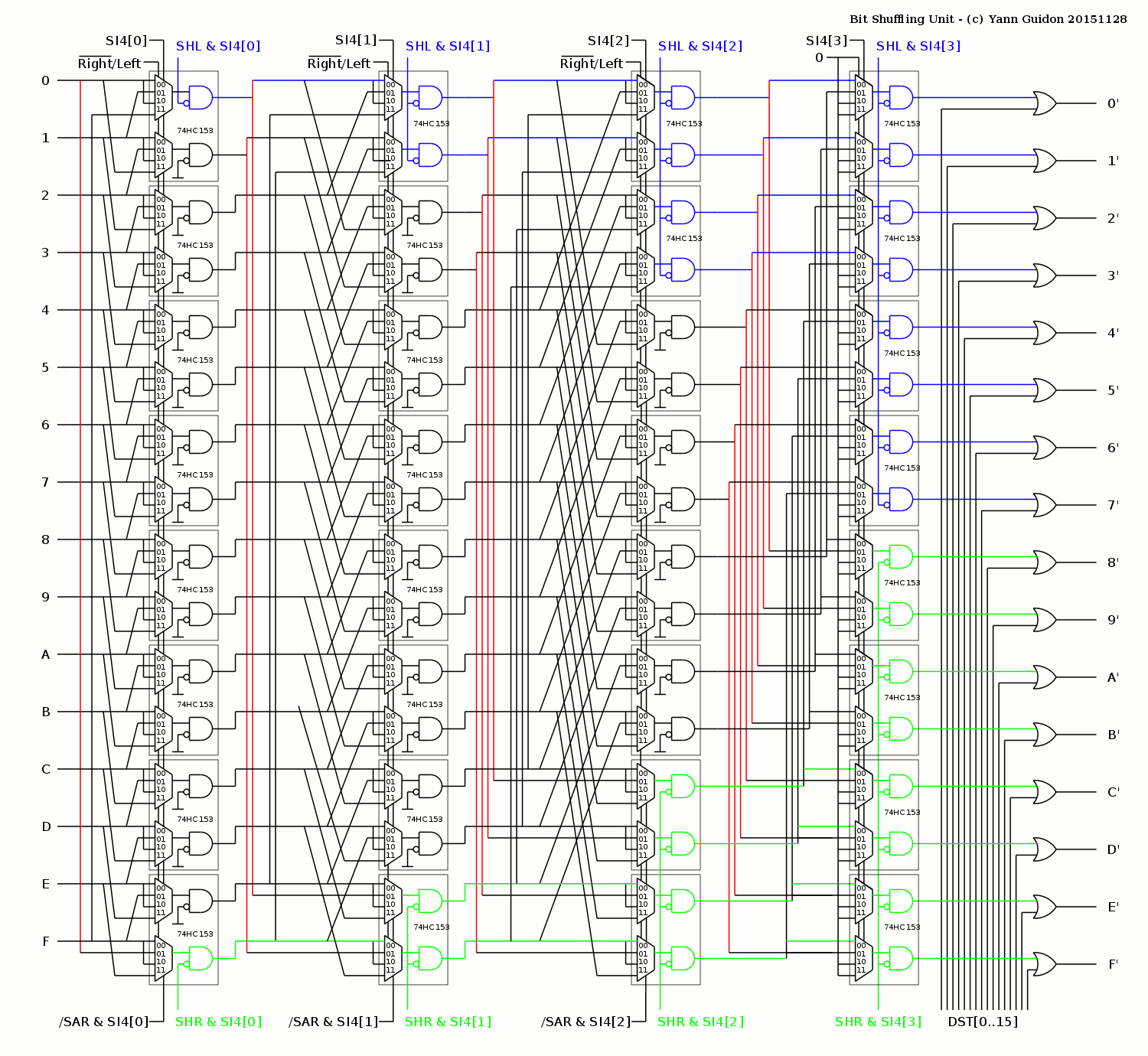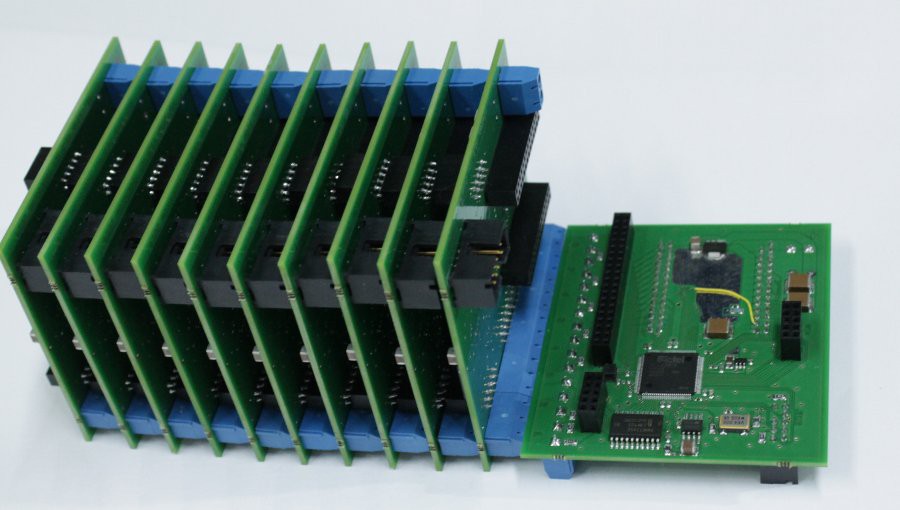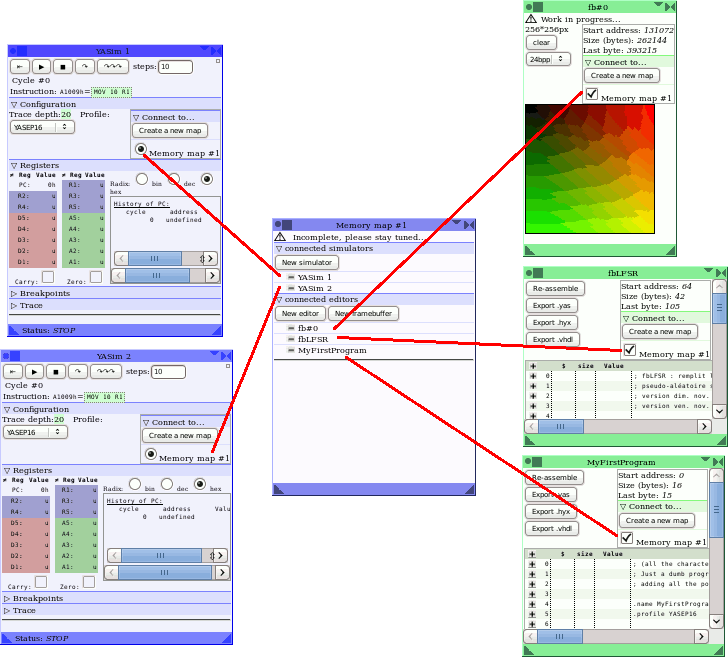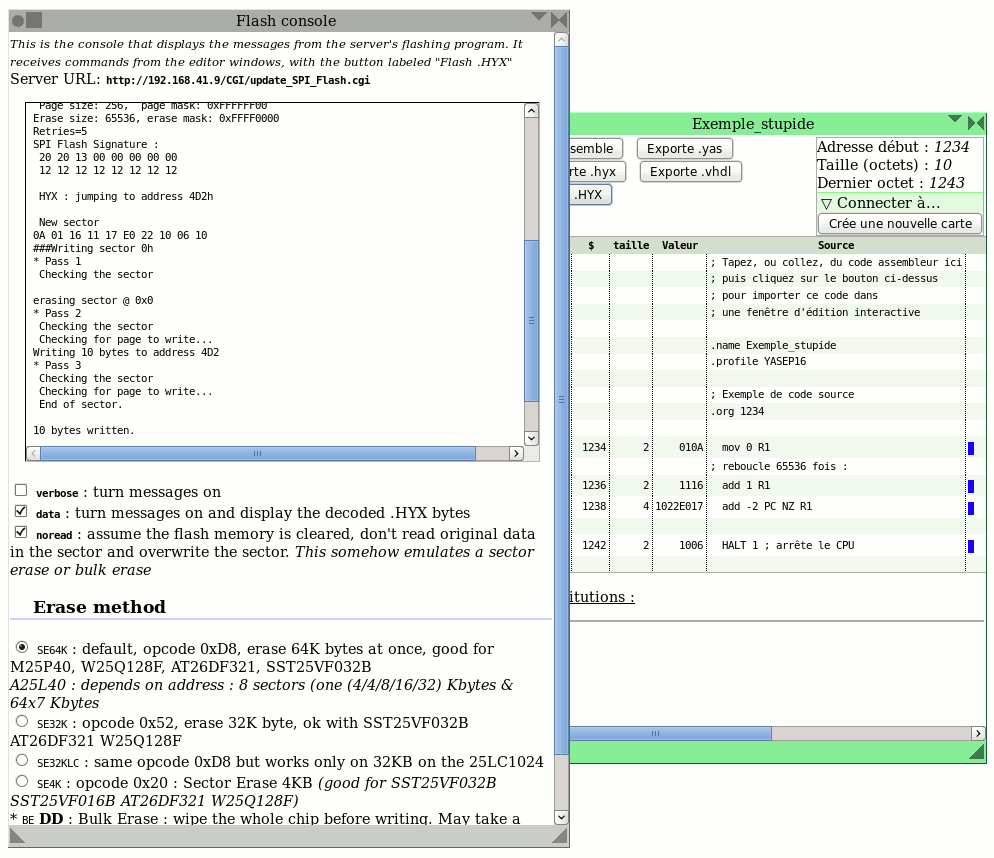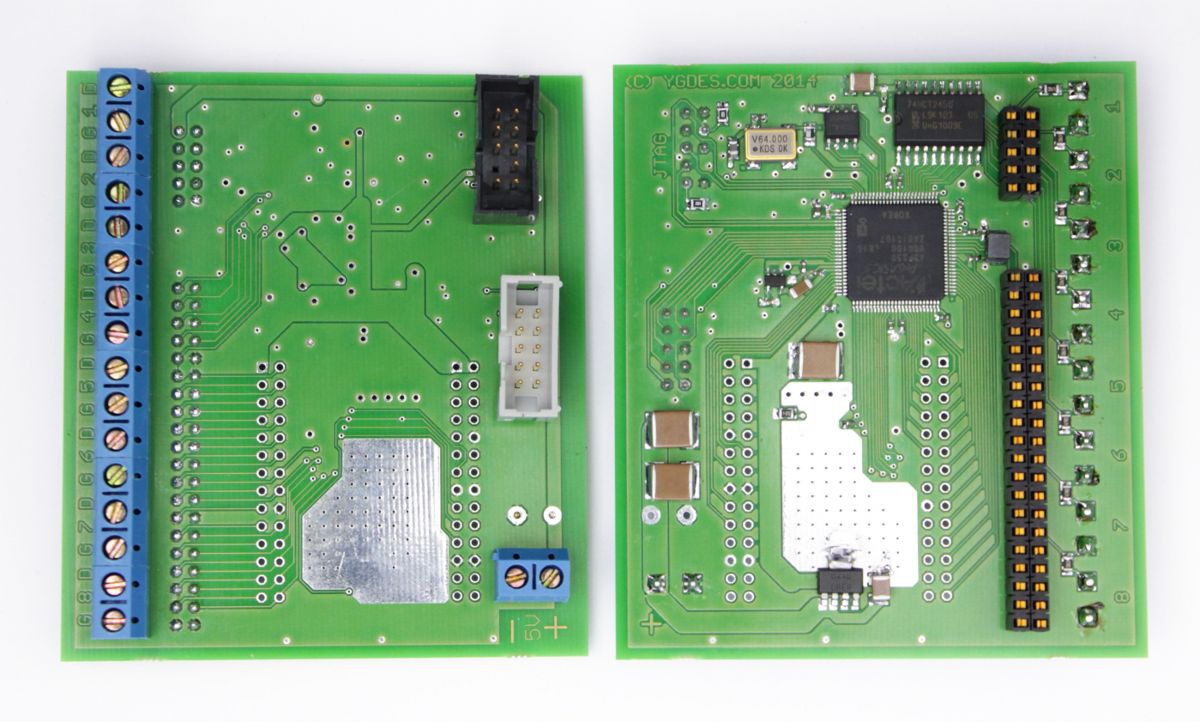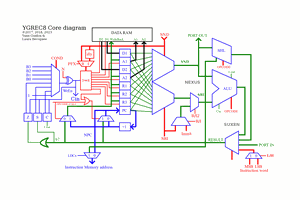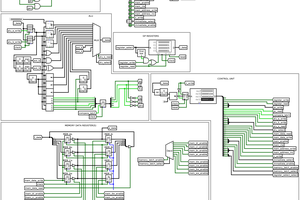The #YASEP Yet Another Small Embedded Processor is currently in "shelved" state while I develop the low-level aspects of #YGREC8. But the YASEP has taught me a lot of important lessons that I want to preserve and annotate, some of them 12 years later, before the original server is taken down... The project #PDP - Processor Design Principles owes a lot to the YASEP as well.
It's also an opportunity to back it up as well as correct broken links for example. If I can save 10 logs per day, it would take a week for a complete move to HaD, of a fraction of the confinement period...
Logs:
01. Log#01 : First post \o/
02. Log#02: More flexibility and options for YASEP
03. Log#03: 106MHz !
04. Log#04: New register organisation
05. Log#05: A suitable HW platform for CPU design ?
06. Log#06: No news, good news ?
07. Log#07: Building momentum
08. Log#08 : Open Graphics board needs more preorders !
09. Log#09 : YASEP2009 in preparation
10. Log#10 : YASEP is published under the AGPL
11. Log#11 : The new Colibri board is almost here !
12. Log#12: Site update, architecture modifications, and new FPGA boards
13. Log#13 : How to double the SRAM capacity of a FPGA board ?
14. Log#14 : Barrel Shifter : SHL16 ready
15. Log#15 : Evolution of the instruction set
16. Log#16 : Yet another new Actel toy \o/
17. Log#17 : YASEP2009 : "It's gonna be big"... when it comes
18. Log#18 : Listed : the dynamic LISTing EDitor
19. Log#19 : what about YASEP2009 ?
20. Log#20 : Yet another Instruction Set Architecture change
21. Log#21: First details of the new "extended" long instruction
22. Log#22 : First Layout of a custom FPGA+SRAM board
23. Log#23 : YASEP@HSF2009
24. Log#24 : Probable new features
25. Log#25 : YASEP en français
26. Log#26 : Back from vacations...
27. Log#27 : When you connect the power supply, it works...
28. Log#28 : Support of Alphanumeric LCD with YASEP
29. Log#29 : YASEP2010
30. Log#30 : Fast and secure InterProcess Communications
31. Log#31 : ACTUINO day 1
32. Log#32 : This little Least Significant Bit
33. Log#33 : YASEP2011
34. Log#34 : The YASEP and Defora
35. Log#35 : Register Parking
36. Log#36 : A YASEP assembler in C by DeforaOS
37. Log#37 : Interactive Assembler, take 2
38. Log#38 : microYASEP's first boot !
39. Log#39 : at a glance...
40. Log#40 : 24 bits per instruction
41. Log#41 : Licensing freedom
42. Log#42 : More JavaScript gadgets
43. Log#43 : The social YASEP
44. Log#44 : The old new YASEP site
45. Log#45 : Nikolay's questions
46. Log#46 : The Zero status flag
47. Log#47 : el YASEP en español
48. Log#48 : Virtual Load and Store
49. Log#49 : YASEP@JM2L2012
50. Log#50 : The YASEP goes to Berlin
51. Log#51 : YASim is working
52. Log#52 : YASEP2011 is almost finished
53. Log#53 : The YASEP2013 season is open !
54. Log#54 : A crippled YASEP ? It's for your own good...
55. Log#55 : More about the IPC instructions
56. Log#56 : The tracker's backend
57. Log#57 : There is always crazier than you.
58. Log#58 : Project split
59. Log#59 : A new register parking system
60. Log#60 : Definition of the auto-update fields
61. Log#61 : The yasep2014 milestone
62. Log#62 : Zero becomes Equal
63. Log#63 : Flag polarity
64. Log#64 : Why ? Pourquoi ?
65. Log#65 : Baby steps
66. Log#66 : The first PCB designed for the YASEP
67. Log#67 : The latest tool : direct programming of SPI Flash from the source code editor
68. Log#68 : Latest tutorial
69. Log#69 : yasep2015
70. Log#70 : The Discrete YASEP
71. Log#71 : Progress with the SHL unit
72. Log#72 : The last post
Voilà.
 Yann Guidon / YGDES
Yann Guidon / YGDES